Trying to decide between Kenya and Tanzania for your safari adventure? These two East African gems are among the top picks for an unforgettable journey on the continent. But how do you choose?
Which country offers the most thrilling African safari experience? Which is easier on the wallet? How do their beaches compare? And what about accessibility, safety, and practicalities like visas and vaccinations?
Here’s a comprehensive comparison to help you decide.
Kenya vs Tanzania: wildlife and national parks
Tanzania and Kenya are neighboring countries. They are similar in terms of nature and landscapes, climate, and everything they can offer travelers on safari.
Which country is larger?
Tanzania is significantly larger than Kenya, with an area of 947,303 km² compared to Kenya’s 580,367 km². This makes Tanzania about 1.6 times bigger, offering more space to immerse yourself in nature. However, Kenya’s attractions are more compact, allowing for easier access to key destinations.
In Kenya, the north and east consist largely of deserts and semi-deserts, which are sparsely populated and have few protected areas. The majority of national parks and reserves are concentrated in the southern and central regions. In contrast, Tanzania’s parks are more evenly distributed across the country.
Both countries feature thriving savannas teeming with rivers, lakes, and diverse wildlife. These ecosystems are designated as national parks and reserves, making them the primary destinations for safari travelers.
National parks
Tanzania and Kenya each have about 20 national parks and dozens of smaller protected zones. In terms of total area, Tanzania dedicates nearly 100,000 square kilometers (about 38,600 square miles) to its national parks — an area comparable to that of South Korea. In contrast, the combined area of all parks in Kenya is almost three times smaller, covering approximately 33,000 square kilometers (around 12,740 square miles).
The largest national parks in Tanzania:
Other popular national parks include Tarangire, Mikumi, and the Ngorongoro Conservation Area.
The largest national parks in Kenya:
- Tsavo East
- Tsavo West
- Kora
In addition, the national parks Amboseli, Lake Nakuru, Nairobi, and the Masai Mara National Reserve are widely known and frequently visited.
The Great Wildebeest Migration: Kenya vs Tanzania
The Great Migration is a breathtaking natural spectacle that spans the Serengeti-Mara ecosystem in East Africa. Over two million animals, including wildebeest, Thomson's gazelles, zebras, Grant's gazelles, and eland antelopes, traverse vast territories across Tanzania and Kenya in their relentless pursuit of fresh pastures. This endless cycle of survival is one of the planet's most extraordinary wildlife phenomena.
The most exciting part of the Great Migration is the river crossings. This iconic event attracts many visitors who want to witness it firsthand.
Due to their huge popularity, such safaris might be crowded during peak seasons. However, there are ways to experience them while avoiding the largest crowds. Doing so also minimizes our negative impact on the environment of the national parks. The Great Migration takes place in both Tanzania and Kenya.
The herds remain in Tanzania for most of the year — about 9.5 months — and spend the remaining 2.5 months in southern Kenya.
A key event of the Great Migration is the crossing of the fast-flowing Mara River by antelopes. The river is located right on the border between Tanzania and Kenya.
Serengeti National Park in Tanzania is home to another key river of the Great Migration, the Grumeti, which lies south of the Mara. Animals cross this river during May and June, providing additional opportunities to witness the iconic river crossings of the Great Migration in Tanzania.
In our blog, you can learn more interesting facts about the Serengeti and compare it to the Maasai Mara. We discuss key differences, share important insights, and even break down the costs to help you plan the ultimate adventure.
The Big Five Animals: Kenya vs Tanzania
A safari wouldn’t be complete without seeing as many African animals as possible in their natural habitat. In this regard, both Kenya and Tanzania offer the chance to observe nearly all the iconic animals of East Africa.
Safari-goers especially seek out the African Big Five: elephant, lion, buffalo, rhinoceros, and leopard. This tradition stems from the days when safaris involved hunting, and these animals were considered the most challenging and dangerous to hunt. Tanzania, Kenya, and Southern Africa are among the best places on the continent to spot the Big Five.
In Tanzania, the Big Five can be seen in:
- Serengeti National Park
- Ngorongoro Conservation Area
- Nyerere National Park
In Kenya, visitors can find the Big Five in:
- Maasai Mara National Reserve
- Lake Nakuru National Park
- Ol Pejeta Conservancy
- Lewa Wildlife Conservancy
Does Kenya or Tanzania have better infrastructure?
Kenya is more economically developed. This means generally better infrastructure and higher-quality services. However, Tanzania also offers well-developed infrastructure along its main tourist routes, with quality services available to visitors.
Airports
Kenya has five international airports, with the key ones for tourists being:
- Jomo Kenyatta International Airport in Nairobi
- Moi International Airport in Mombasa
Nairobi's airport is the busiest and most convenient, providing easy access to major national parks and tourist attractions.
Tanzania has three international airports:
- Kilimanjaro International Airport in the north of the country
- Julius Nyerere International Airport in Dar es Salaam
- Abeid Amani Karume International Airport in Zanzibar
Kilimanjaro International Airport is the most convenient for travelers climbing Mount Kilimanjaro or visiting northern Tanzania’s safari parks.
By the way, the airports in Nairobi and Kilimanjaro are close to each other, making it convenient to combine visits to both countries.
Many national parks in Kenya and Tanzania have airstrips for domestic flights. That allows smaller planes to access remote locations quickly.
Roads and safari vehicles in Kenya vs Tanzania
Kenya has a more extensive transportation network, including both road and rail infrastructure. It is important if you plan to rent a car and explore on your own.
In Tanzania, remote attractions and parks are not always accessible by regular cars. However, this does not apply to the most popular routes, such as those to Serengeti and Ngorongoro, where excellent roads have been built. Moreover, you wouldn’t need to worry about logistics if you book a tour with a tourist company – they will do the work for you.
Both countries also use open safari vehicles in their parks.
Due to Tanzania's larger size and the greater distance between national parks, you’ll spend more time traveling between wildlife zones than in Kenya.
Hotels and restaraunts
Both countries offer accommodations at various comfort levels, from inexpensive tent camps and urban B&B-style hotels to five-star hotels with excellent service.
If you are planning a trip to Tanzania, book your hotels well in advance — at least several months ahead. This is especially important for popular African safari destinations like the Serengeti in the July–August peak season.
However, many products are imported into Tanzania from Kenya. As a result, this imbalance is partly offset in northern Tanzania, where the main tourist attractions are located.
Local cuisine in Tanzania and Kenya offers interesting regional dishes. Both countries share similar culinary traditions. Read more about Tanzanian cuisine in our blog post.
Other travel services
Kenya and Tanzania both have English as an official language, but there’s a noticeable difference in how widely and fluently it’s spoken.
In Kenya, English is far more commonly used in daily life, with a higher percentage of fluent speakers. This is mainly due to Kenya’s historical ties with Britain.
In Tanzania, however, the language barrier is a factor to consider, especially for independent travelers. Asking for directions or assistance might be tricky. We recommend learning a few essential Swahili words and phrases to make your visit smoother and more enjoyable.
Kenya’s high level of English proficiency, strong economy, and embrace of modern trends foster a competitive and convenient service sector.
This is particularly convenient if you prefer not to be disconnected from modern amenities for too long. However, some may feel that this convenience takes away a bit of the “charm” and African authenticity. Tanzania is more appealing for a more immersive experience of wild Africa, offering the essence of a classic African safari.
Kenya vs Tanzania: which country is safer?
There are various safety rankings, and in most of them, both East African countries appear close to each other, though Tanzania typically ranks ahead of Kenya.
The Travel Safe service analyzes open data from police reports and surveys, assigning countries scores from 0 to 100, with 100 indicating maximum safety. In this rating, Tanzania and Kenya appear at the upper end of the “somewhat safe” category. They do not reach 66 points to enter the “the safest” category. Tanzania scores 59 points, and Kenya 45.
Another example is the Global Peace Index, which evaluates safety and stability by combining data on crime rates, political stability, and expert surveys. In 2024, Tanzania ranked 65th out of 163 countries, while Kenya ranked 84th.
Many people in Africa live in poverty, and jobs are scarce. Tourists displaying their wealth may tempt desperate people. Avoid openly showing your phone, cash, expensive jewelry, or other luxury items when traveling.
Key advice for travelers in Kenya includes using taxis in cities, avoiding walking after dark, and not traveling alone in northern areas bordering unstable regions of South Sudan, Ethiopia, and Somalia. Armed gangs and members of terrorist groups may operate in these areas. Before your trip, check the latest news on the country’s political situation.
Kenya vs Tanzania: cultural experiences
You will have the chance to meet local ethnic groups in Kenya and Tanzania. For example, the most widely recognized group, the Maasai, lives in both countries.
Immersion in cultural traditions, everyday life, and local cuisine is possible through special excursions or even during your travels.
Tanzania has remarkable ethnic diversity, with around 130 ethnic groups, including the fascinating Hadza hunter-gatherers and semi-nomadic Datoga. In Kenya, the number of ethnic groups ranges between 40 and 70, depending on the source.
Beach holidays in Kenya and Tanzania
Both countries have long coastlines along the Indian Ocean and several islands. Tanzania, however, has more islands, and they are larger. These include the famous Zanzibar, Pemba, and Mafia. Kenya has a few small islands in the Lamu Archipelago. All are well-suited for a beach vacation.
Tanzania’s best beaches are on Zanzibar and in the mainland region of Tanga. In Kenya, the most beautiful and well-equipped beaches are concentrated around the port city of Mombasa.
Additionally, both countries offer excellent diving opportunities. Tanzania is especially good in this regard, with interesting diving sites near islands surrounded by coral reefs.
Mountain trekking in Kenya and Tanzania
These two countries share Africa’s two highest mountains, both of which attract climbers. Both mountains feature glaciers and snowfall, starkly contrasting with the tropical climate at their base.
Naturally, Kilimanjaro attracts the most attention. It is included in the Seven Summits list and is sometimes called the “Roof of Africa.” About 60,000 people set out to climb Mount Kilimanjaro each year, but it is technically simple and accessible to even beginners.
Mount Kenya offers a more serene climbing experience, ideal for those looking to avoid the busier, more commercialized routes of Kilimanjaro.
Reaching Kenya’s highest peaks, Nelion (5,188 meters/17,021 feet) and Batian (5,199 meters/17,057 feet), is a technically demanding feat reserved for professional climbers. Most visitors, however, opt for the more accessible Point Lenana, the mountain’s third-highest peak at 4,985 meters (16,355 feet). This popular route attracts around 15,000 climbers each year.
Kenya vs Tanzania: which is cheaper for travelers?
For those who fly first class, use charter flights, stay in luxury safari lodges, and choose private tours, there won’t be a big difference between Kenya and Tanzania. There’s virtually no upper limit to premium travel — both countries can provide a truly premium African safari.
However, among travelers who aim to save money, Kenya is more popular since it offers more budget-friendly options.
The cost differences relate to airfare, lodge accommodations, and national park entry fees. In most cases, Kenyan prices for all these things are a bit lower due to high competition, more developed infrastructure, and shorter distances between parks.
Let’s compare approximate expenses per traveler in each country:
Tanzania: For 7–10 days, safari, flights, a visa, and extra excursions will cost from per person.
Kenya: A tour of a comparable level for one person costs from , depending on personal preferences.
Visas and Entry Requirements
Citizens of most countries need a visa to enter Tanzania. A standard tourist visa costs $50 USD. U.S. citizens are required to obtain a multiple-entry visa, which costs $100 USD.
Read more about Tanzania’s visa requirements in our blog.
There are no special requirements for entering Tanzania, and no vaccinations are mandatory before traveling. However, to minimize risks, read about tropical diseases and their prevention.
Travelers who visit Kenya do not require a visa. They just need to obtain an electronic travel authorization (ETA) for $30 USD.
Yellow fever is present in Kenya’s remote regions, so travelers are advised to get vaccinated beforehand. Vaccination is done once and protects for life. If you arrive in Kenya from a country where yellow fever is endemic, a vaccination certificate is required upon entry. Also, when leaving and entering subsequent countries, border officials may ask for the certificate. For example, a yellow fever vaccination certificate is mandatory when crossing the border into Tanzania. You must get vaccinated at least 10 days before your trip.
Conclusion: which country is better overall?
We have outlined Kenya and Tanzania's main strengths and weaknesses for travelers. Although these two countries are similar, they also have differences. Therefore, we recommend planning a trip that includes both, if possible.
If you need to choose just one, think about your upcoming trip and decide which priorities matter most:
- Visiting specific locations
- True safari experience
- Minimizing costs
- Safety
- High-quality services and access to modern amenities
Book your tour only after you’re ready to make a final choice. If you choose Tanzania, feel free to contact us via WhatsApp or use the chat feature on our website. Altezza Travel will be delighted to organize an unforgettable safari adventure tailored to your preferences.
All content on Altezza Travel is created with expert insights and thorough research, in line with our Editorial Policy.
Want to know more about Tanzania adventures?
Get in touch with our team! We've explored all the top destinations across Tanzania. Our Kilimanjaro-based adventure consultants are ready to share tips and help you plan your unforgettable journey.

















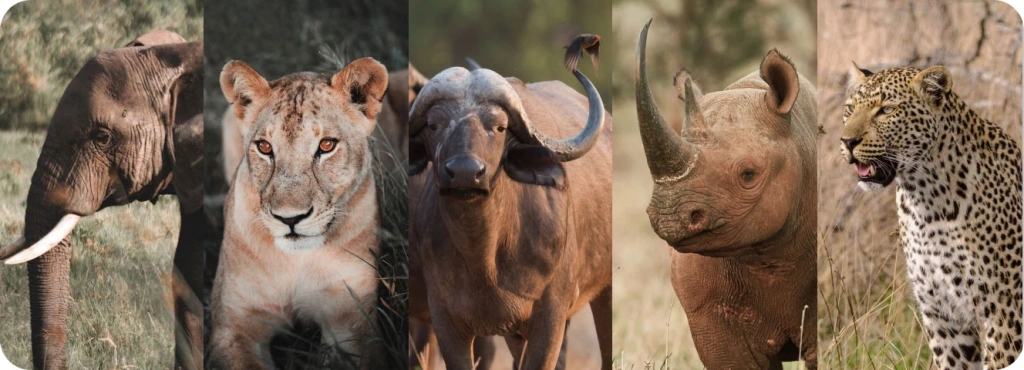

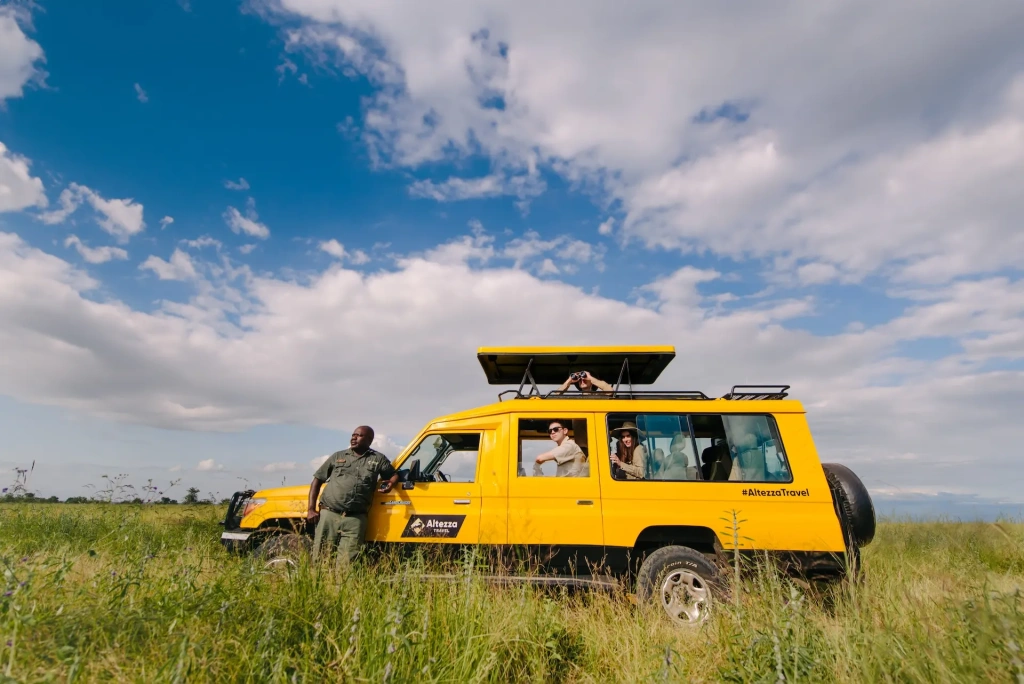
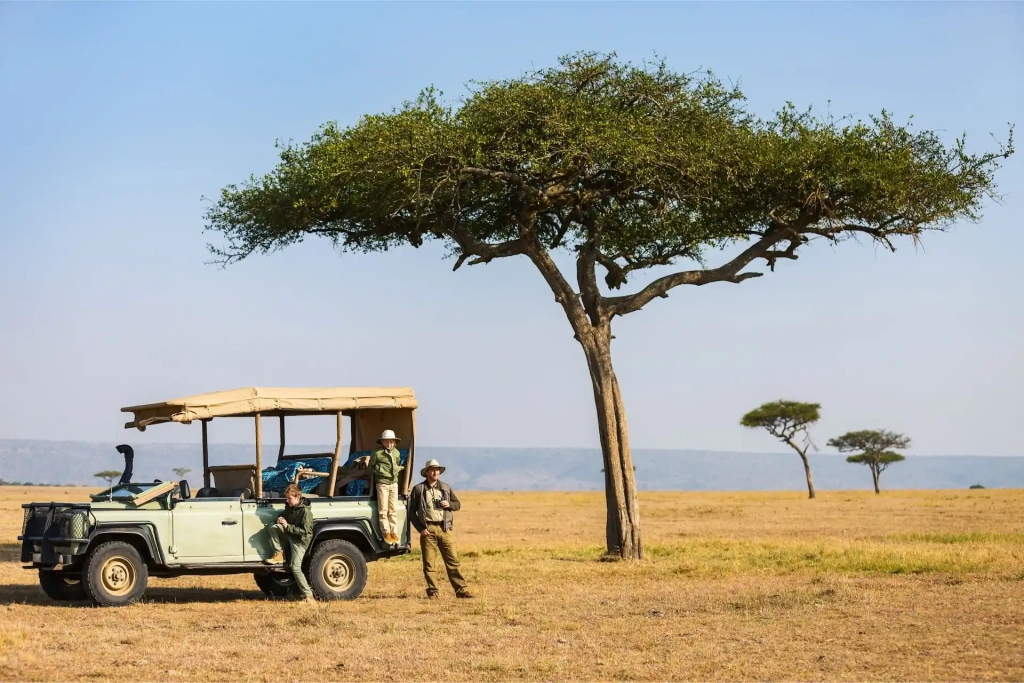

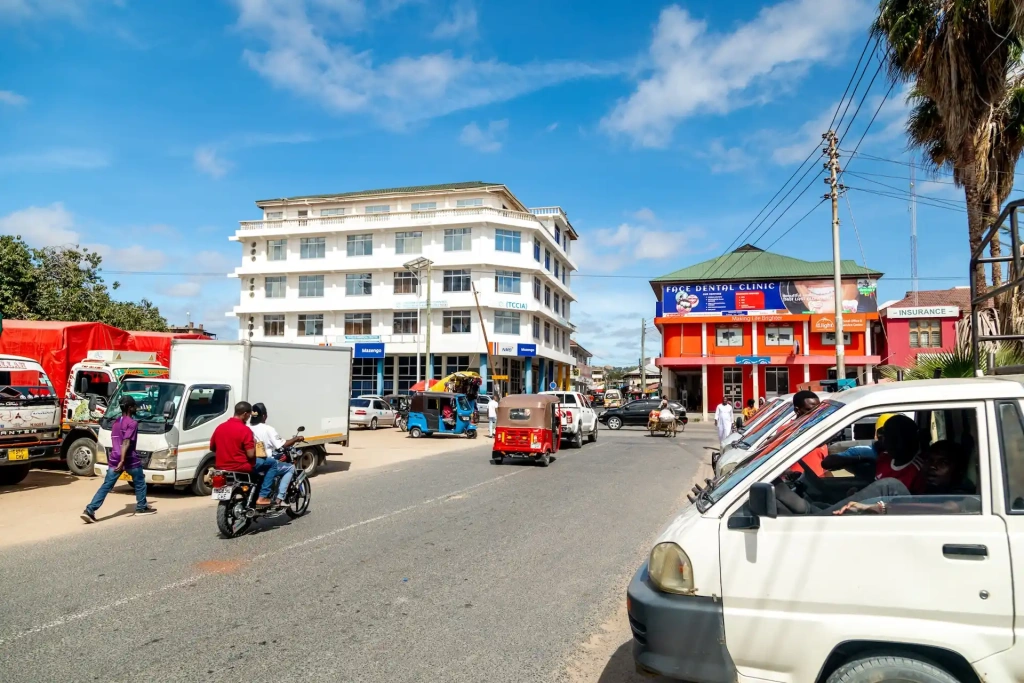
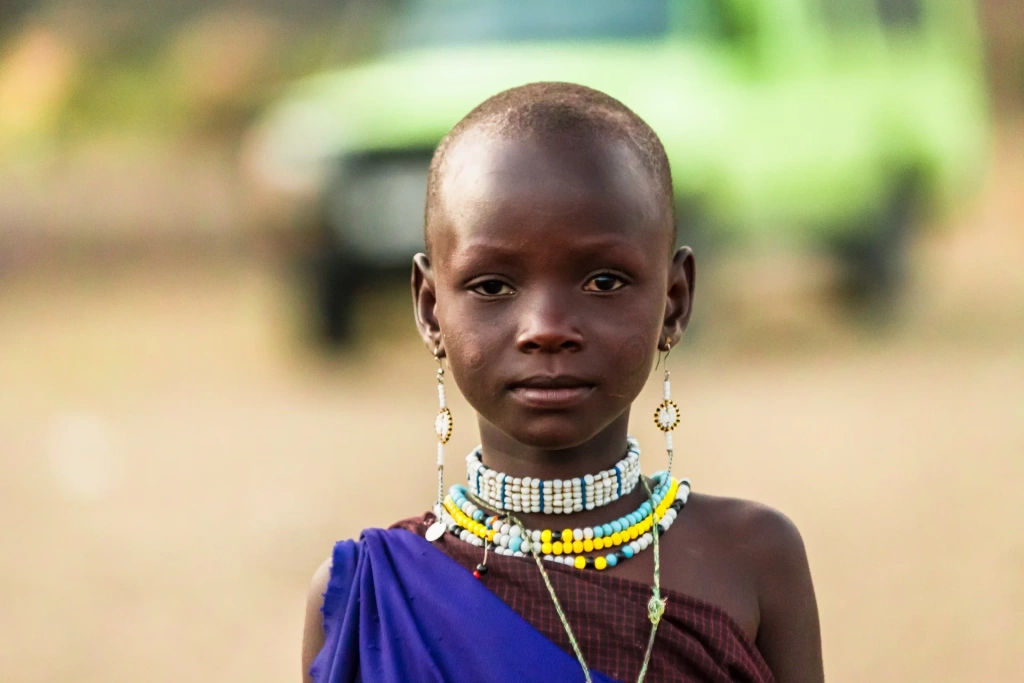

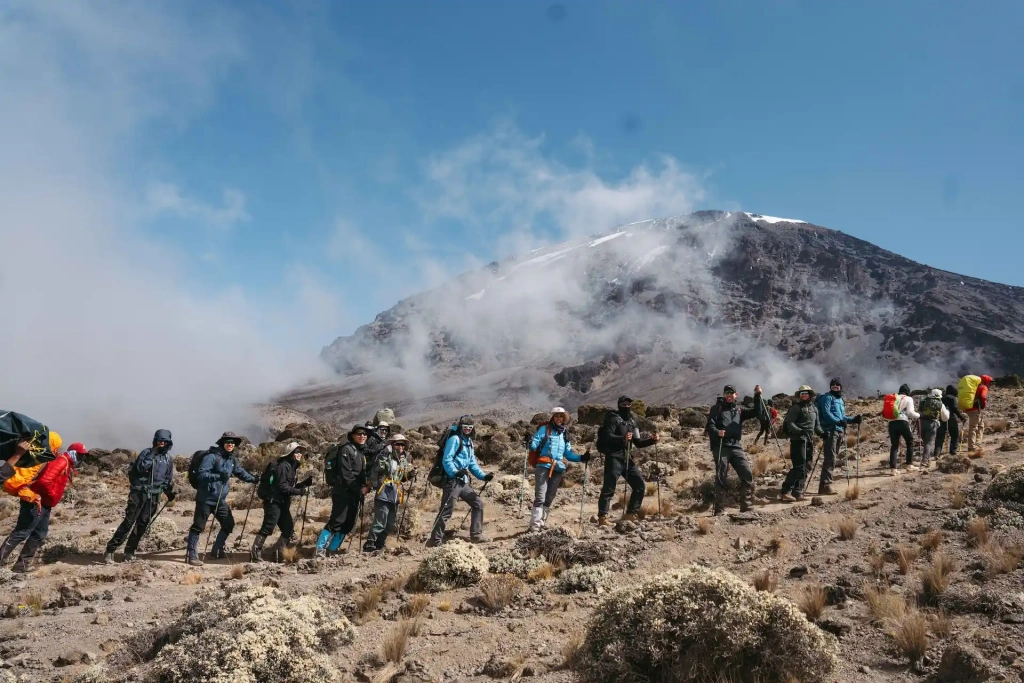



Both countries are generally safe for tourists, but Tanzania typically ranks higher in global safety indexes. Most risks in Tanzania are limited to petty theft in urban areas, while Kenya has occasional unrest in certain regions. Staying informed and using a reliable tour operator ensures a secure and enjoyable experience in either country.
If you're looking for a more immersive and authentic safari experience, Tanzania might be the better choice. Its parks are larger and less crowded, and the remoteness of many areas enhances the sense of being in the wild.
The Great Migration spans both Kenya and Tanzania, but the herds spend most of the year in Tanzania's Serengeti. If you're aiming to see river crossings, both countries offer great opportunities, though Tanzania also has crossings at the Grumeti River.